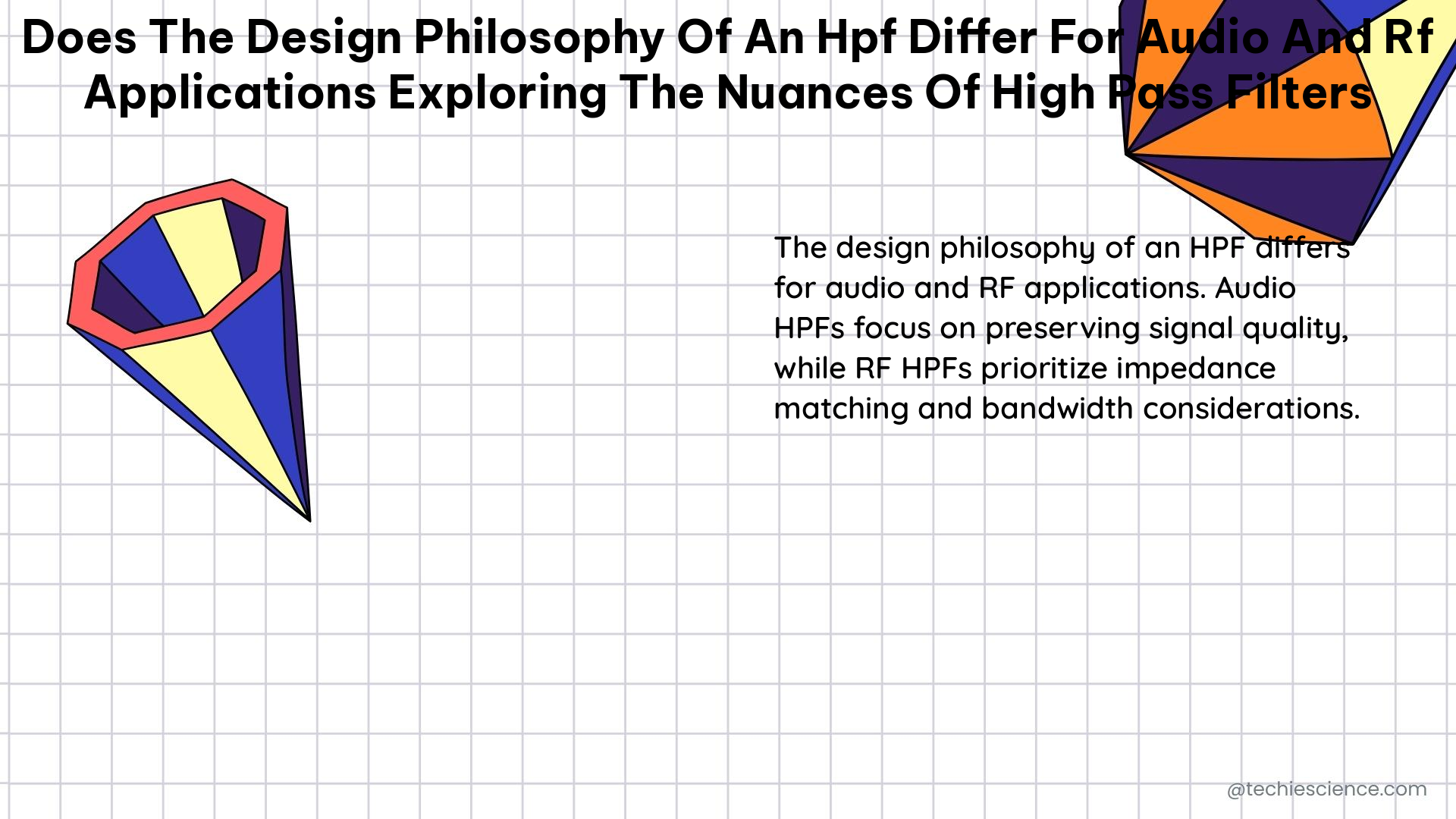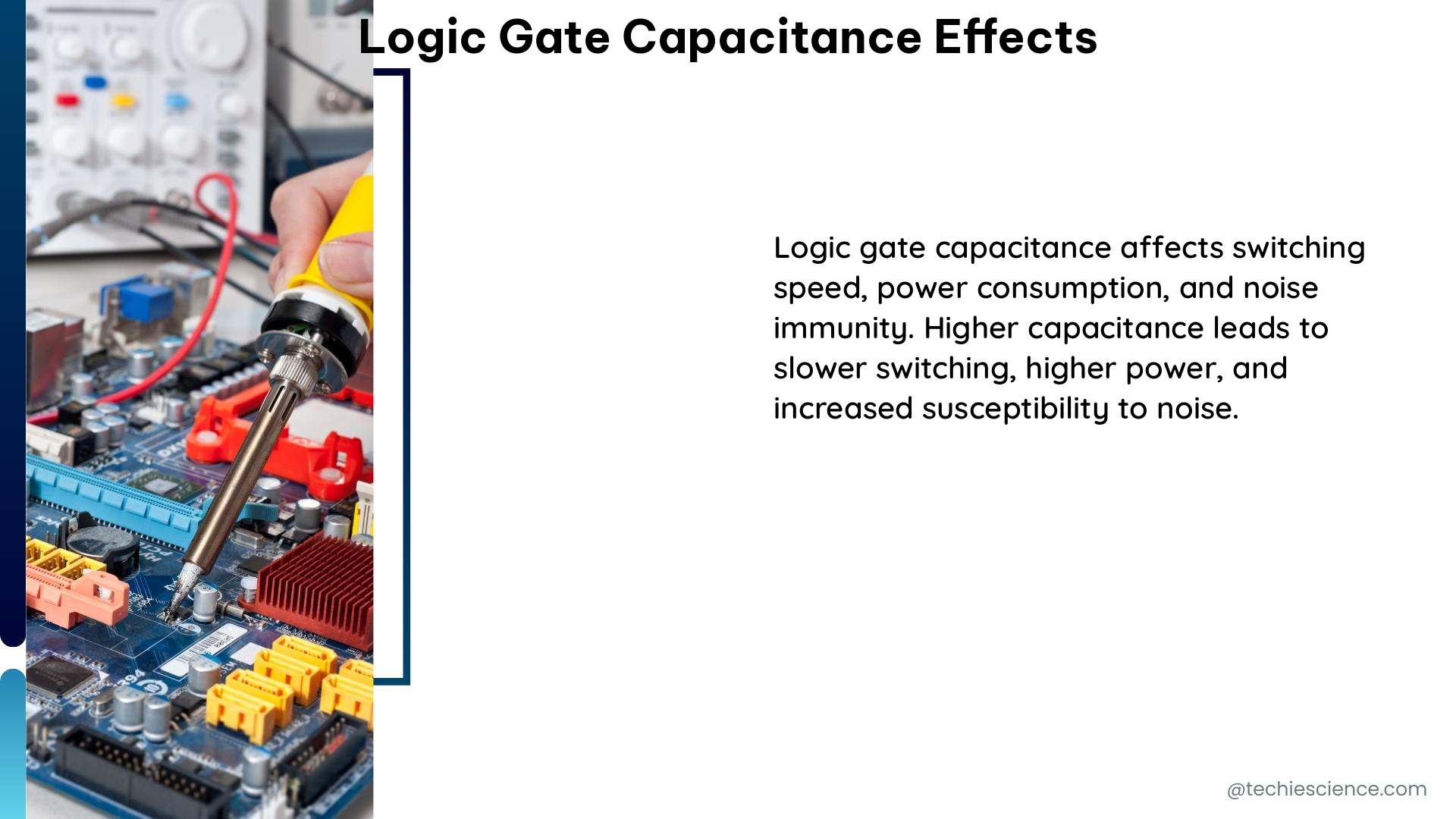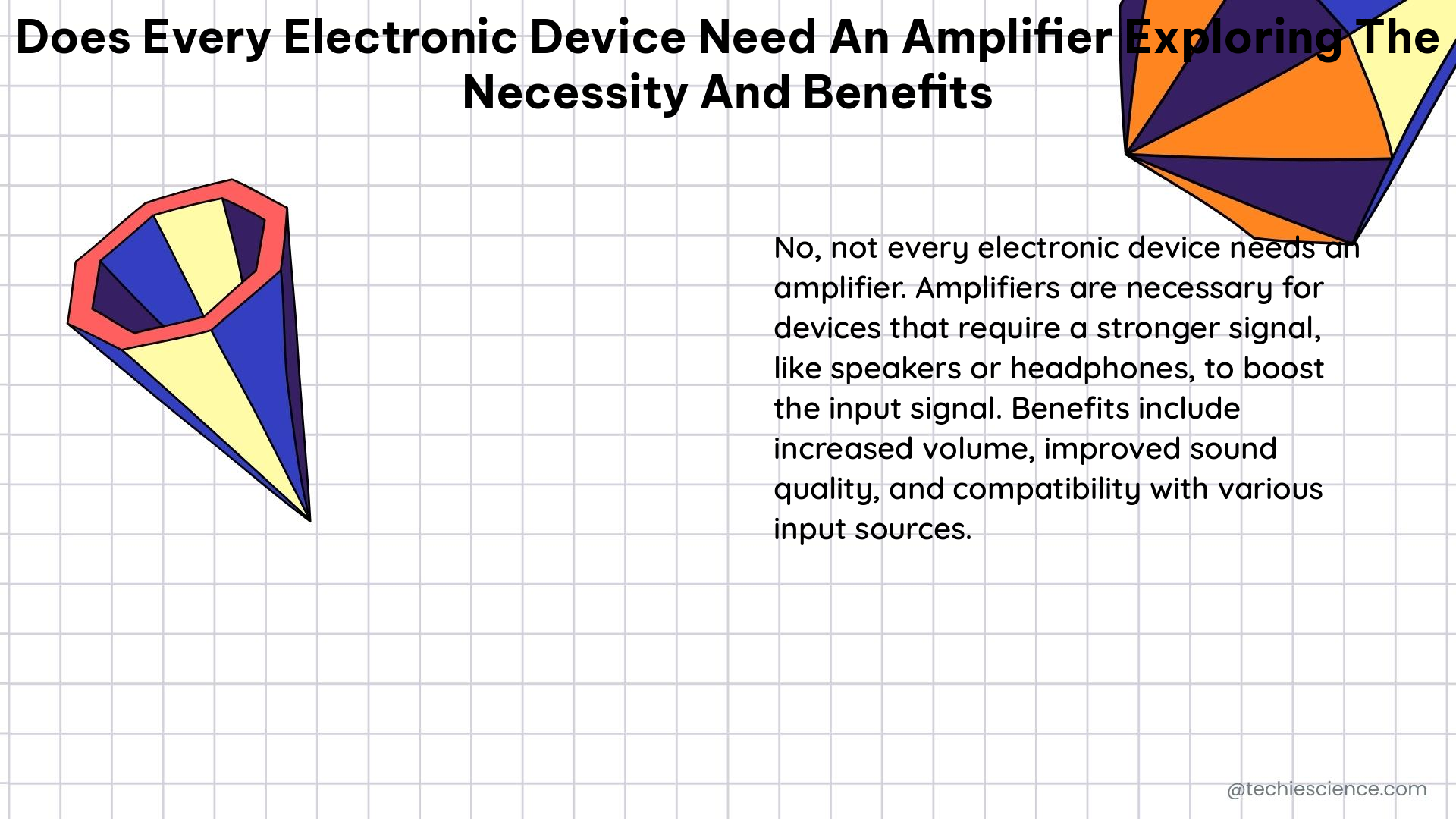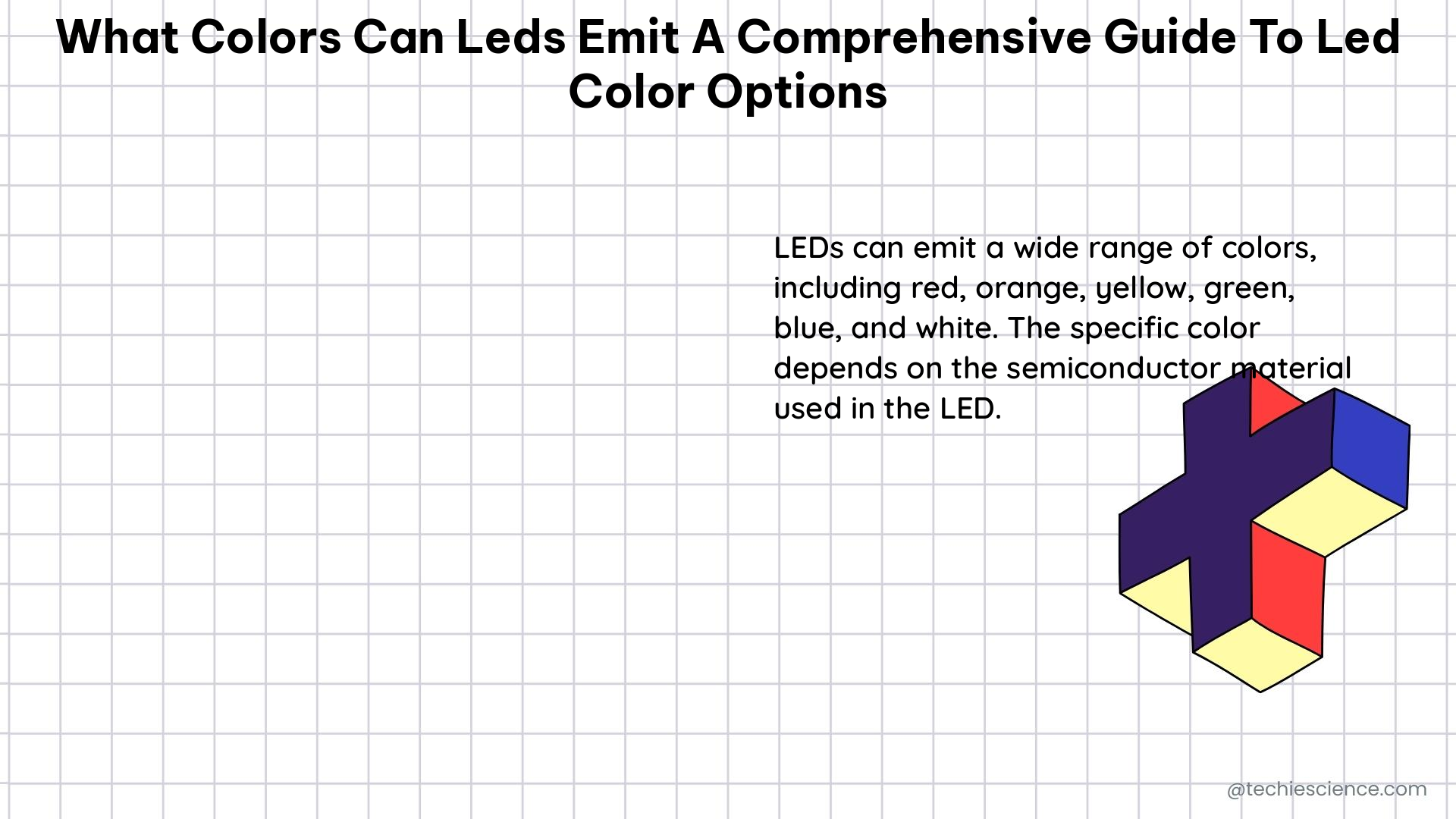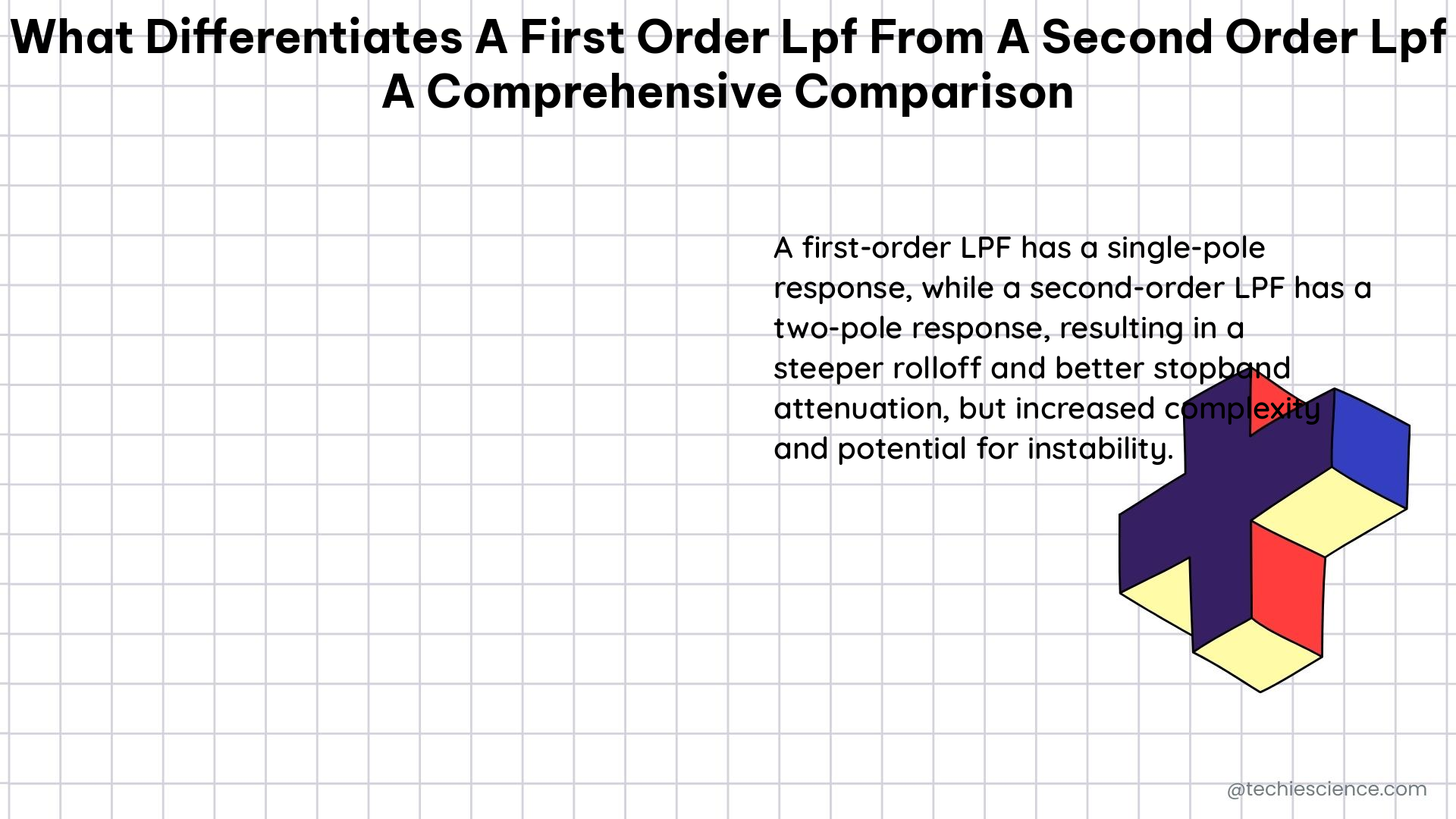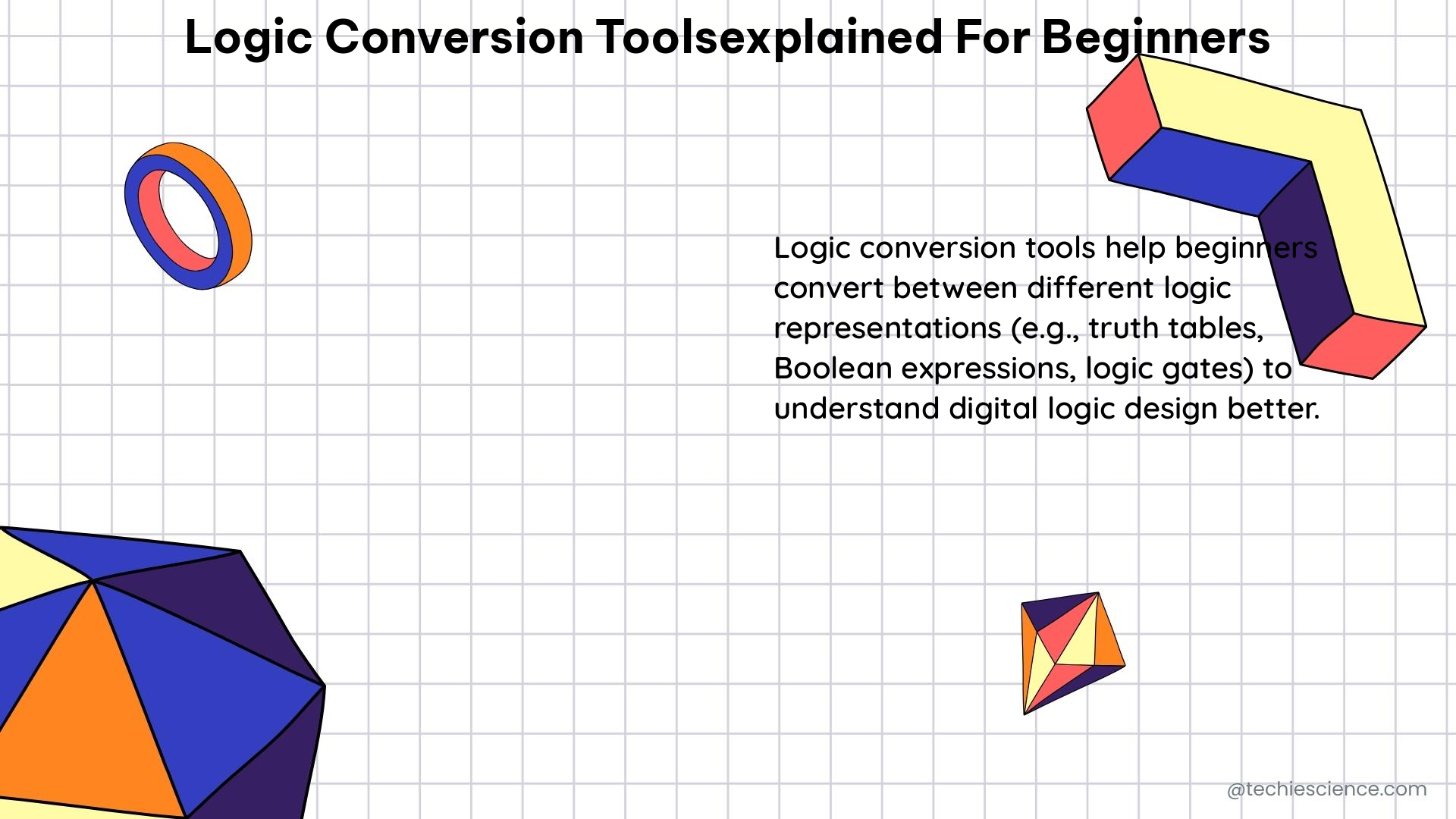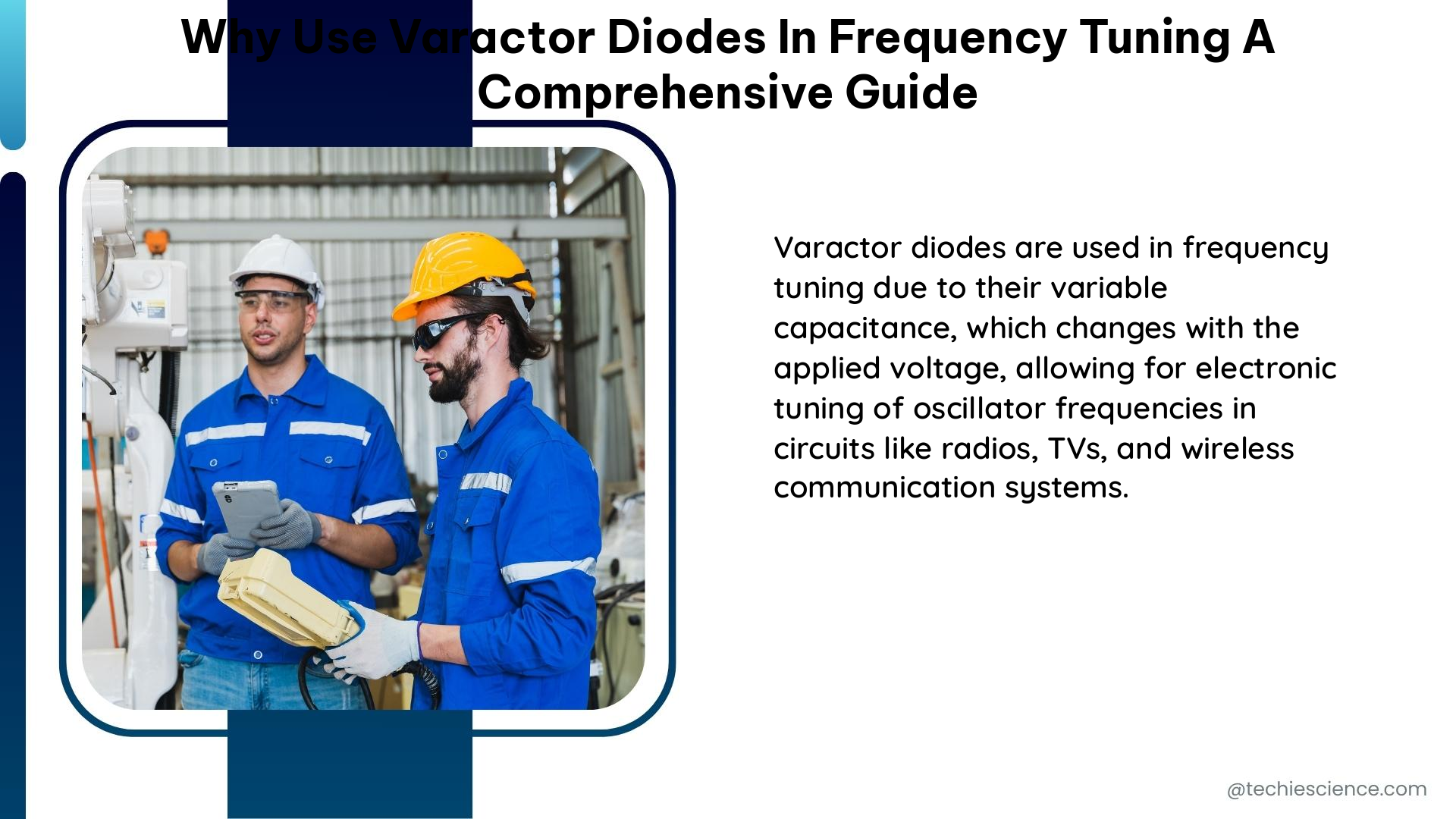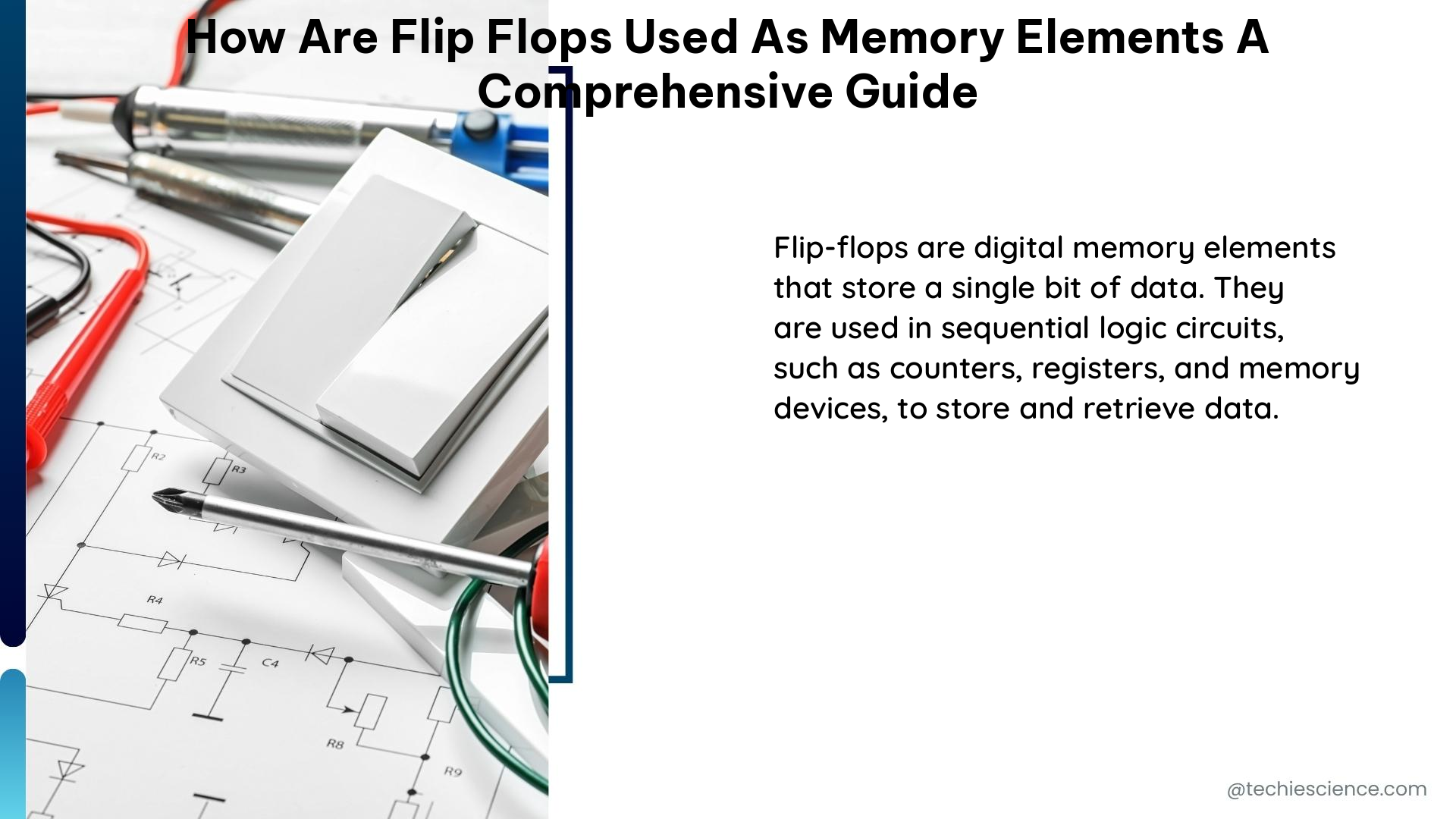Exploring the Design Philosophy of High Pass Filters for Audio and RF Applications
The design philosophy of a High Pass Filter (HPF) differs significantly between audio and Radio Frequency (RF) applications, primarily due to the distinct frequency ranges, signal types, and application-specific requirements. While both types of HPFs share the common goal of allowing high-frequency signals to pass through and blocking low-frequency signals, the nuances in their design … Read more
